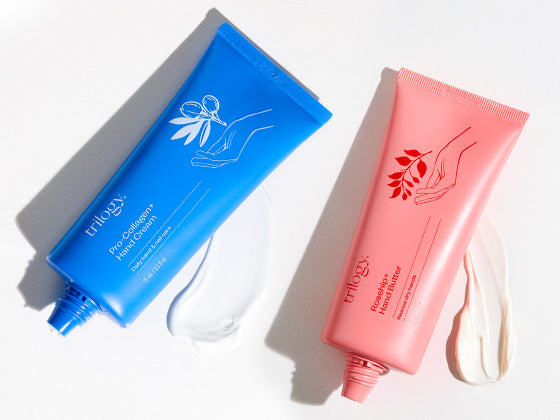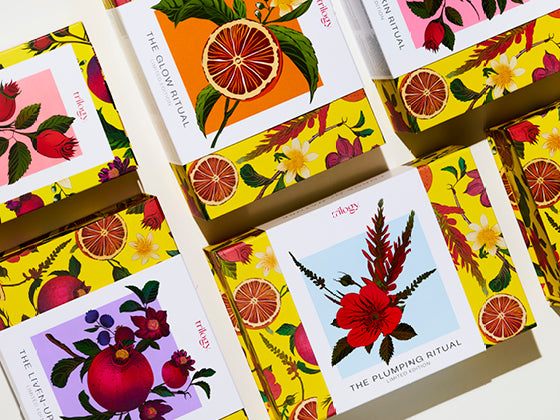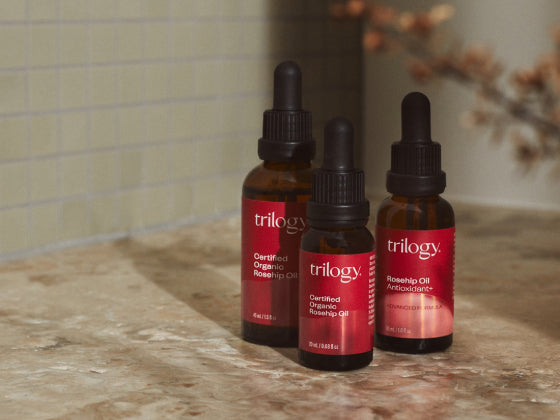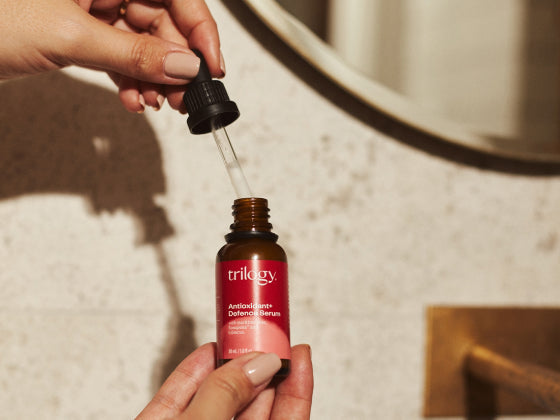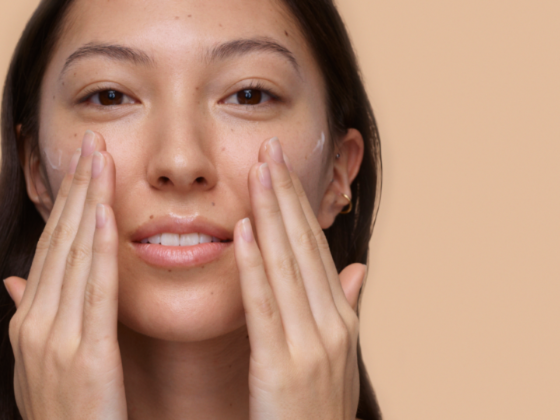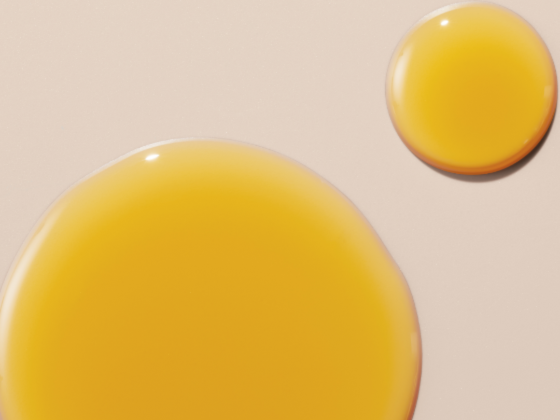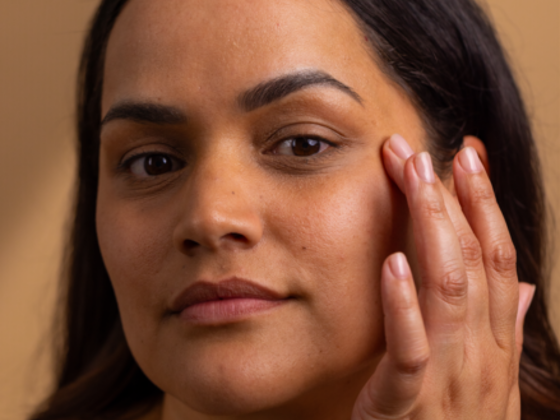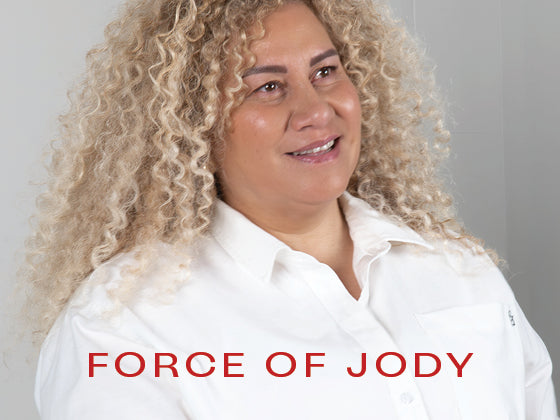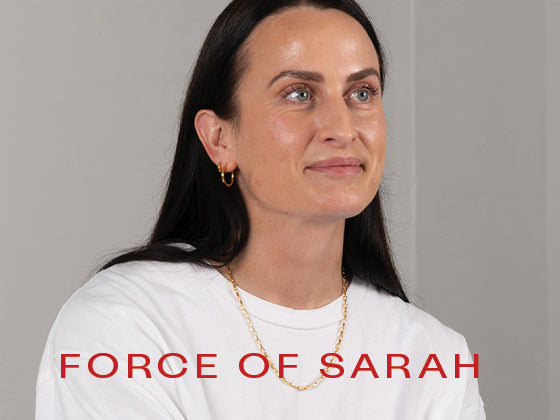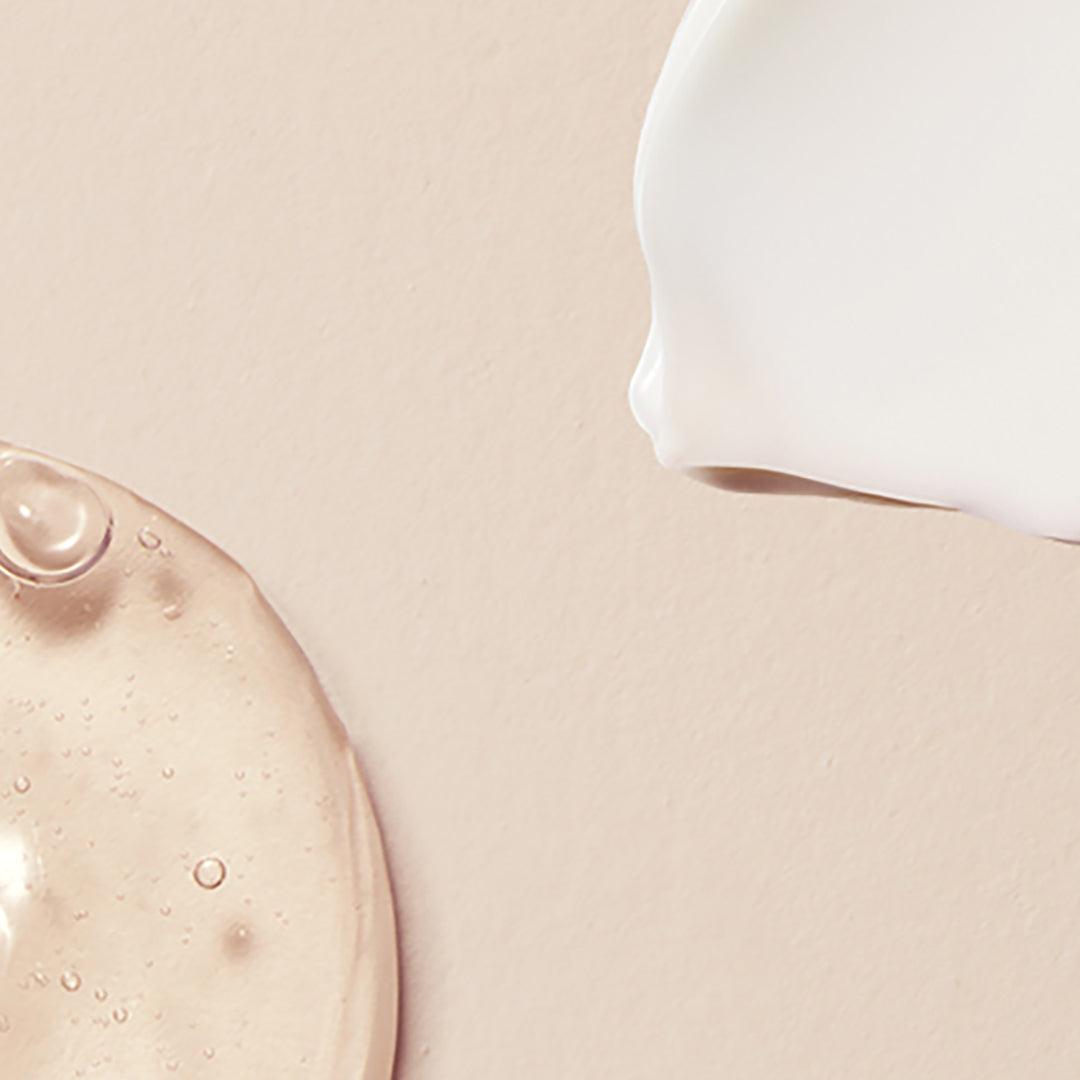At Trilogy, clean, natural beauty is at the heart of every product we make. But even so, when you look at an ingredients list on skincare and cosmetics, it can look like another language (and often it is).
The reason for that, with Trilogy at least, is that we list all our ingredients in accordance with the INCI (International Nomenclature Cosmetic Ingredient) system. This basically means that the terms used for each ingredient are the same around the world and are usually – but not always – an ingredient’s Latin or botanical name.
But, because it’s unlikely that Latin is in the list of languages you speak, it’s understandable if your eyes gloss over when inspecting the ingredients list. What is important though is that you know how to look for ingredients that, we think, should be avoided to make sure we only put the best on our skin.
1. Parabens
What are they?
Parabens in cosmetics and skincare are included to preserve the product and extend its shelf life. Most products need preserving (if anything has water in it, it will need preserving) to prevent the growth of harmful bacteria but while this is helpful, and necessary, the cons outweigh the pros. Especially when natural alternatives exist!
How to spot them:
Methyl
Ethyl
Propyl
Isopropyl
Butyl
Ethyl
Propyl
Isopropyl
Butyl
Why do we avoid them:
Studies have shown that parabens can impact our endocrine system (our hormones). Our hormones are directly linked to our reproductive organs and fertility and because parabens can mimic oestrogen, it can disturb our delicate hormonal balance.
2. Synthetic fragrances
What are they?
Synthetic fragrances are added to skincare and cosmetics to make them smell nice. For example, you might have lavender scented shampoo because, while lavender may be an ingredient, it’s not enough to make it smell nice or the scent doesn’t last long enough. Often, they’re made from petroleum (yikes) which can irritate skin.
How to spot them:
It's tricky to look at an ingredient list and be able to discern what is a synthetic fragrance. In order for brands to protect their IP, they aren’t required to share what goes into their signature scents.
However, it is easier to see what is natural by looking for the Natrue logo. The first qualifying question for Natrue-approved fragrances is “is it a natural substance” so you know that their rigorous standards will look out for your delicate skin. Alternatively, you can look for fragrance-free products.
Why we avoid them:
Like parabens, synthetic fragrances can irritate our skin and disrupt out endocrine system and can lead to abnormal cell reproduction. One of the chemicals often used in synthetic fragrances is phthalate which we will talk about below!
3. Phthalates
What are they?
Phthalates are a chemical that help plastic stay durable, flexible, and long-lasting. They’re common in plastic wrap and food containers and, worryingly, in skin, body, and haircare products.
How to spot them:
Phthalates are quite hard to spot because they’re often an ingredient in things like synthetic fragrances or even the plastic packaging they come in. When looking at plastic packaging, if the recycle number has a number 3 in it, it most likely has phthalate in it.
Look for products that have the Natrue logo, specify explicitly that they’re free from phthalates, or have the acronyms DHEP or DiBP in ingredients lists.
Why we avoid them:
These are another endocrine disruptor! They can impact fertility in both males and females, compromise immunity, and exacerbate asthma and eczema.
 Skip to content
Skip to content

